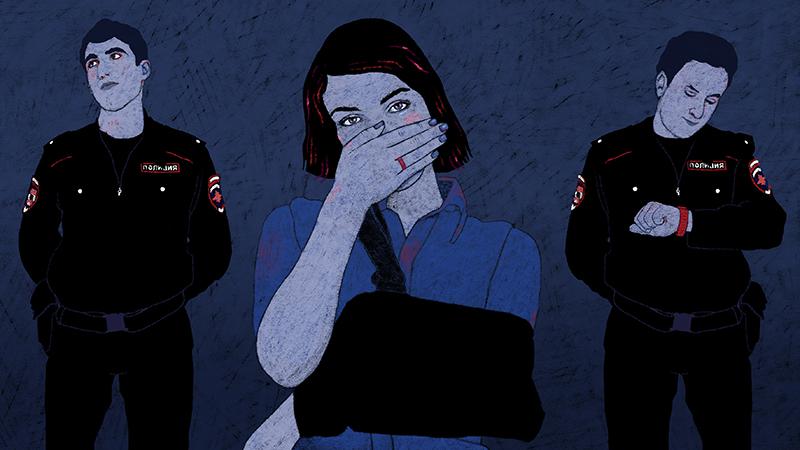/GettyImages-171295467-59e7a773685fbe0011549f26.jpg)
In Pimentel v. City of Los Angeles, the Ninth Circuit Court of Appeals held that the Eighth Amendment’s Excessive Fines Clause applies to excessive parking fines.
BACKGROUND FACTS
The City of Los Angeles imposes civil fines for parking meter violations. Under an ordinance, if a person parks her car past the allotted time limit, she must pay a $63 fine. And if she fails to pay the fine within 21 days, the City will impose a late-payment penalty $6300. In sum, a person who overstays a parking spot faces a fine of $63 – $181.
Appellant Mr. Pimentel and the other appellants sued the City of Los Angeles under 42 U.S.C. § 1983, asserting that the fines and late payment penalties violate the Eighth Amendment’s Excessive Fines Clause and the California constitutional counterpart.
The case made its way through the lower federal district court. The lower court ordered that the initial parking fine was not grossly disproportionate to the offense and thus survives constitutional scrutiny. The case was appealed to the Ninth Circuit, however, who issued its own opinion below.
COURT’S REASONING & CONCLUSIONS
The Court of Appeals held that although the initial parking fine was not disproportionate to the offense, the the City’s late fee runs afoul of the Excessive Fines Clause.
The Court said the Excessive Fines Clause of the Eighth Amendment limits the government’s power to extract payments, whether in cash or in kind, as punishment for some offense. Also, the Court reasoned that the Excessive Fines Clause traces its lineage back to at least the Magna Carta which guaranteed that a free man shall not be fined for a small fault.
“For centuries, authorities abused their power to impose fines against their enemies or to illegitimately raise revenue,” said the Ninth Circuit. “That fear of abuse of power continued to the colonial times. During the founding era, fines were probably the most common form of punishment, and this made a constitutional prohibition on excessive fines all the more important.”
The Court extended the four-factor analysis found in United States v. Bajakajian to decide whether a fine is “grossly disproportionate” to the offense: (1) the nature and extent of the crime, (2) whether the violations was related to other illegal activities, (3) the other penalties that may be imposed for the violation, and (4) the extent of the harm caused.
The Court reasoned that under the first Bajakajian factor— the nature and extent of the crime — the plaintiffs were indeed culpable because there was no factual dispute that they violated the parking infraction code for failing to pay for over-time use of a metered space. However, the Ninth Circuit also found the the parking transgressions were small:
“But we also conclude that appellants’ culpability is low because the underlying parking violation is minor. We thus find that the nature and extent of appellants’ violations to be minimal but not de minimis.”
The Court further reasoned that the second Bajakajian factor — whether the violations was related to other illegal activities — was not as helpful to its analysis: “We only note that there is no information in the record showing whether overstaying a parking meter relates to other illegal activities, nor do the parties argue as much.”
Similarly, the Court said that the third Bajakajian factor — whether other penalties may be imposed for the violation — also did not advance its analysis. “Neither party suggests that alternative penalties may be imposed instead of the fine, and the record is devoid of any such suggestion.”
Finally, the Court turned to the fourth Bajakajian factor — the extent of the harm caused by the violation. “The most obvious and simple way to assess this factor is to observe the monetary harm resulting from the violation,” said the Court. Ultimately, it reasoned that while a parking violation was not a serious offense, the fine is not so large, either, and likely deters violations.
With that, the Ninth Circuit held that the City’s initial parking fine of $63 was not grossly disproportional to the underlying offense of overstaying the time at a parking space. Nevertheless, the Court also held that the 100% late fee on the initial fine must be remanded back to the lower district court for the City to justify:
“The government cannot overstep its authority and impose fines on its citizens without paying heed to the limits posed by the Eighth Amendment. Yet in its brief to this court, the City of Los Angeles did not even bother addressing the constitutionality of its late fee. Based on the record, we do not know the City’s justification for setting the late fee at one hundred percent of the initial fine.”
With that, the Ninth Circuit Court of Appeals gave the case back (remanded) to the lower court for a further analysis on this issue.
My opinion? Good decision. At the end of the day, paying a 100% late fee for a parking fine is truly excessive. The case is novel because we don’t see much litigation surrounding the Excessive Fines Clause of the Eighth Amendment. We do know, however, that the Eighth Amendment also encompasses the Cruel and Unusual Punishments Clause, which is the most important and controversial part of the Amendment.
The issues relating to that constitutional amendment are, in some ways, shrouded in mystery. What does it mean for a punishment to be “cruel and unusual”? How do we measure a punishment’s cruelty? And if a punishment is cruel, why should we care whether it is “unusual”?
Again, good decision.
Please contact my office if you, a friend or family member are charged with a crime. Hiring an effective and competent defense attorney is the first and best step toward justice.













